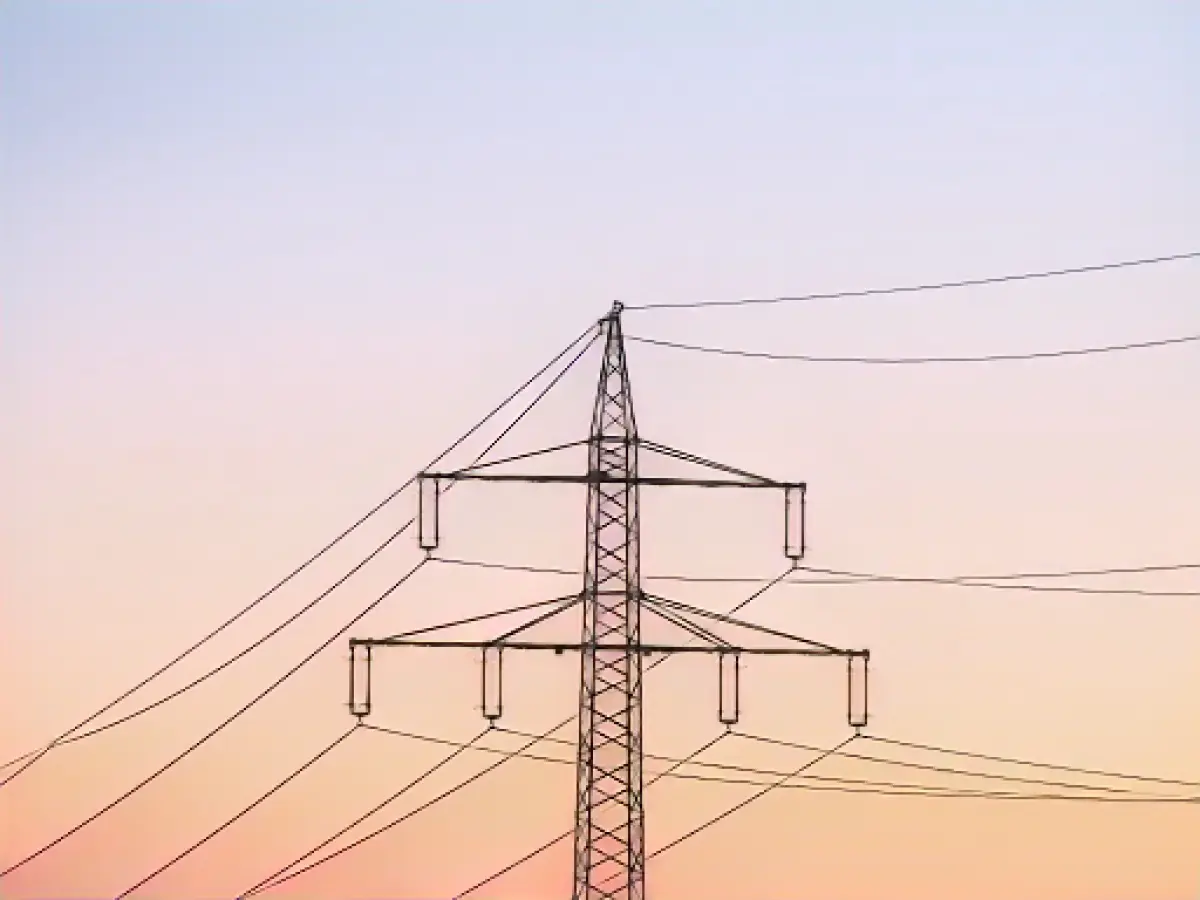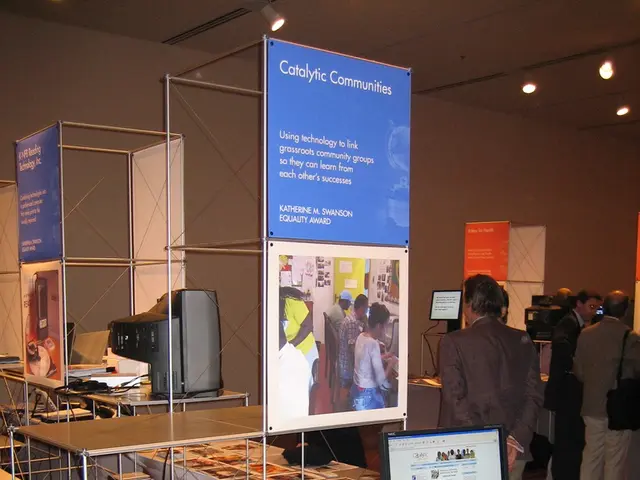Budget Bite: Unexpected Bill for Industry's Electricity Tax Break
It looks like the anticipated reduction in electricity tax for the manufacturing sector is going to be pricier than anticipated. According to a draft budget financing law obtained by DPA, the German Press Agency, the government is anticipating a hefty price tag of 3.25 billion euros for both 2024 and 2025. This figure is a stark contrast to the initial 2.75 billion euros estimate that was revealed when the proposal was first presented.
Last week, Chancellor Olaf Scholz (SPD), Finance Minister Christian Lindner (FDP), and Economics Minister Robert Habeck (Greens) jointly concocted a relief package to aid industries and small and medium-sized enterprises (SMEs) grappling with high electricity prices. As part of this package, the electricity tax for all manufacturing companies will be reduced to the minimum EU-permitted level. This will knock the tax down from the current reduced rate of 1.537 cents per kilowatt-hour to an ultra-low 0.05 cents per kilowatt-hour, initially regulated by law for the years 2024 and 2025. The financial backing for this reduction will be sourced from the core budget. The coalition leaders have declared that an extension of this relief beyond 2025 is in the pipeline provided finances can be sourced from the federal budget for the years 2026 to 2028.
The impending decrease in electricity tax for the industrial sector is poised to severely impact the budget, with 3.25 billion euros now earmarked for 2024 and 2025. The reduction in electricity tax for manufacturing companies, including household electricity, will result in a dramatic reduction from 1.537 cents per kilowatt-hour to a mere 0.05 cents, although only for 2024 and 2025, following which the Bundestag seeks to extend this support, subject to securing the necessary financing for 2026 to 2028.
Factors Contributing to Higher Estimated Costs
The reasons behind the higher-than-expected estimated cost-to-implement this electricity tax cut are numerous:
- Increasing Industry Electricity Demand: The upsurge in industry electricity consumption, as reported in the Clean Energy Wire, is one significant factor. With the electrification of industrial processes on the rise, it's no surprise that electricity demands will only intensify, resulting in the higher tax cuts required to offset these increased expenses.
- Complex Grid Integration: Integrating an ever-growing share of renewable energy sources into the grid enhances grid stability. However, this increased complexity necessitates additional measures to maintain grid stability, which might in turn drive up the cost of these tax cuts.
- Economic Challenges: The German economy is facing several hurdles, including high energy prices, making industries less competitive. This necessity to reduce these costs to fortify industry competitiveness and economic recovery is likely to instigate the higher estimated expenses for the tax cuts.
- Policy Tweaks: The new government's focus on reducing industrial electricity prices and implementing additional grid fee exemptions is expected to be more extensive than previously anticipated. This comprehensive approach to addressing the current economic concerns while ensuring a stable energy supply contributes to the higher projected costs of the electricity tax cut for industry.
These factors, collectively, contribute to the higher estimated expenses related to the planned electricity tax cut for the industrial sector in Germany.








